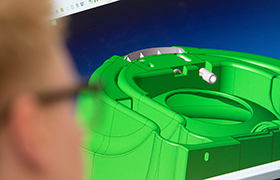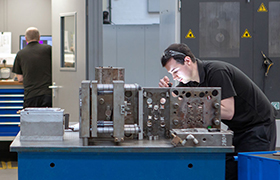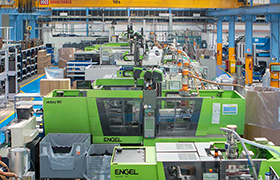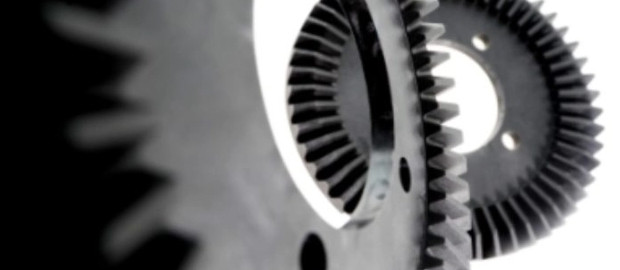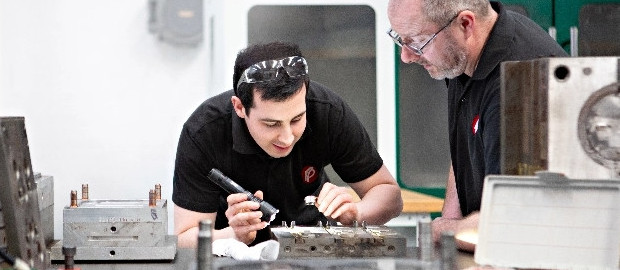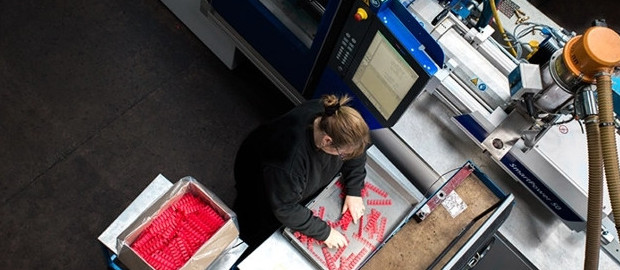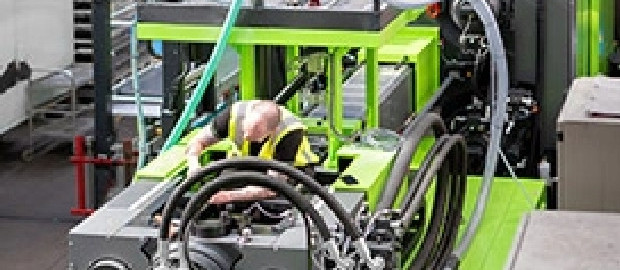DESIGN FOR ASSEMBLY (PART 3)
In this article, we shall look at the bonding of plastics.
This page is part of a technical series:
DESIGN FOR ASSEMBLY PART 1
DESIGN FOR ASSEMBLY PART 2
ADHESIVE BONDING
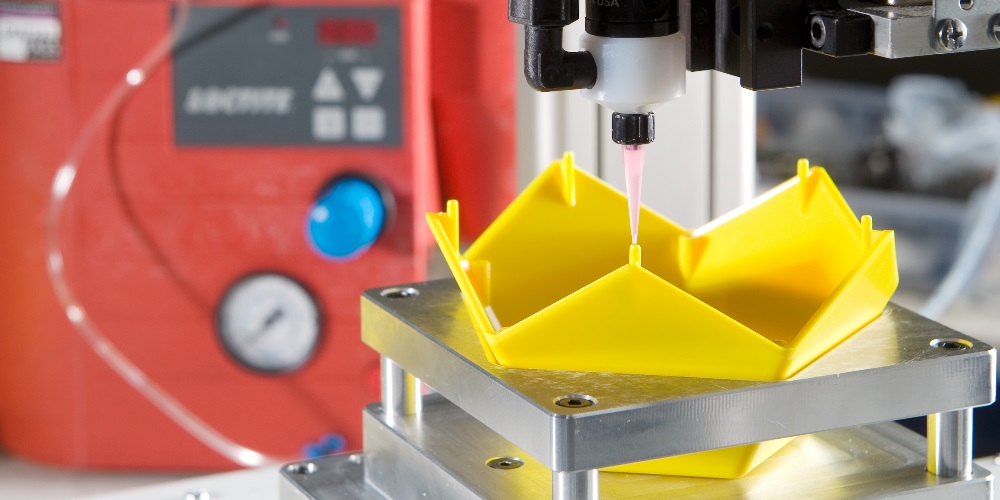
As with the materials themselves, adhesives can be affected by environmental factors and time. Unlike other fastening methods it can take time for the adhesively bonded joint to reach full strength.
Advantages:
- Aesthetic and design flexibility
- Uniform stress distribution
- Can join dissimilar materials
- Can provide tight seal
- Flexible adhesives can compensate for thermal expansion mismatches between materials
- Flexible adhesives can dampen vibration
- Can be used with thin, flexible substrates
- Provide electrical and thermal insulation
SOLVENT BONDING
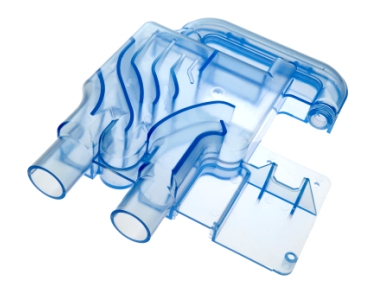
This method can only be used with certain types of thermoplastics and is mostly used with amorphous materials. This is more of a welding process whereby the solvent softens the surfaces of the two parts to be joined; they are then clamped together while the solvent evaporates.
This is a simple relatively inexpensive method but it does require the parts to be joined not to be warped and be moulded to relatively tight tolerances.
JOINT TYPES
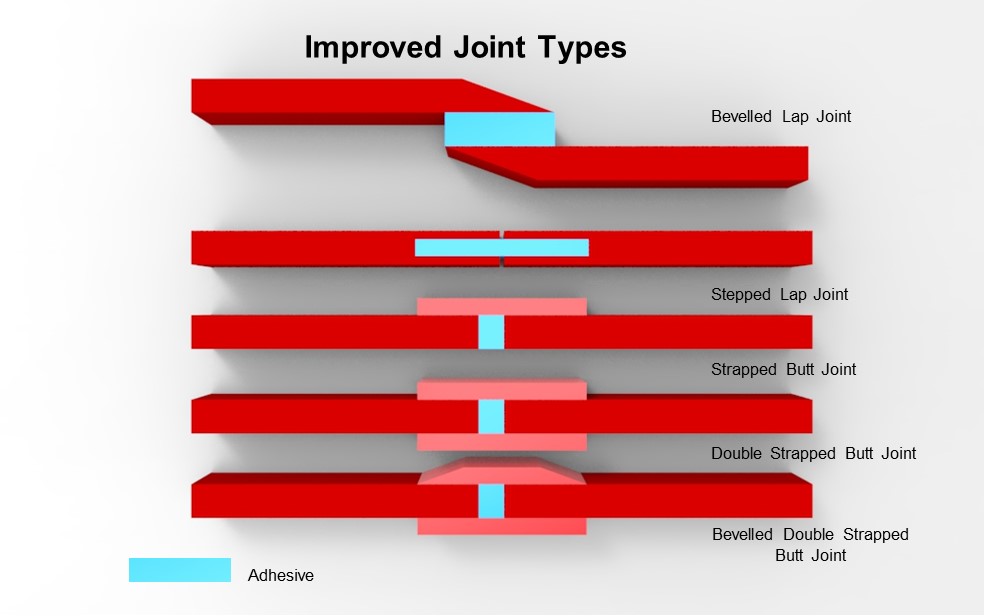
Joint designs tend to be variations of two main types – lap and butt. A lap joint is where two parts to be joined overlap whereas the butt involves the two parts to be joined end-to-end.
Both types of joints have variations that give improved performance. Lap joints may be stepped or bevelled and butt joints may have some form of strap applied over the joint. The use of a strap in this manner adds to the cost but can make for a design feature.
COST
Avoid ‘over-engineering’. It is necessary to consider likely volumes and life expectancy of the product. A more simple design could be cost effective whereas a more complex one may be uneconomic.
FURTHER READING OR LINKS TO ALL GUIDES?
- Design Guide
- Design Development
- Design For Appearance
- Design For Assembly 1
- Design For Assembly 2
- Design For Assembly 3
- Design For Cost Consideration
- Design For Economy
- Design For Mouldability 1
- Design For Mouldability 2
- Design For Mouldability 3
- Design For Precision
- Design For Recyclability
- Design For Stiffness
- Design For Strength
- Design For Time
- Design Summary
- Flame Retardancy
- Flexibility
Free design guide

"*" indicates required fields

